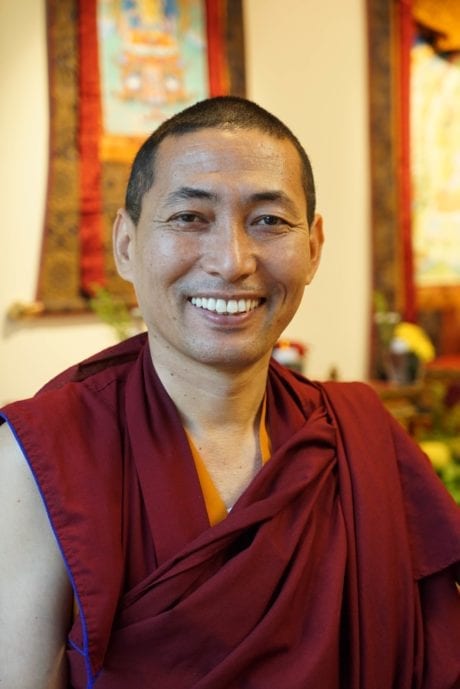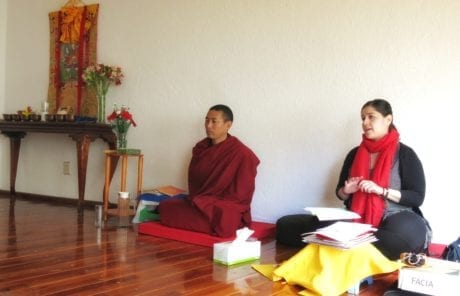
Meditation Training With Focus
“Meditation training with focus” takes many forms. As we begin to build a habit of mindfulness, we can use one or more of these techniques. For example, in a meditation session or sometime in our day, we may focus our attention lightly on a sound. How so? We simply rest our mind on the sound of our choice. Then, when we notice that our mind has wandered away, we gently guide it back to the sound. That’s all there is to it–bringing our mind back to the object of focus again and again. We call that process “mindfulness”. In this video teaching, Tulku Migmar Tsering advises us on how we can use meditation training with focus to cultivate a habit of mindfulness.











